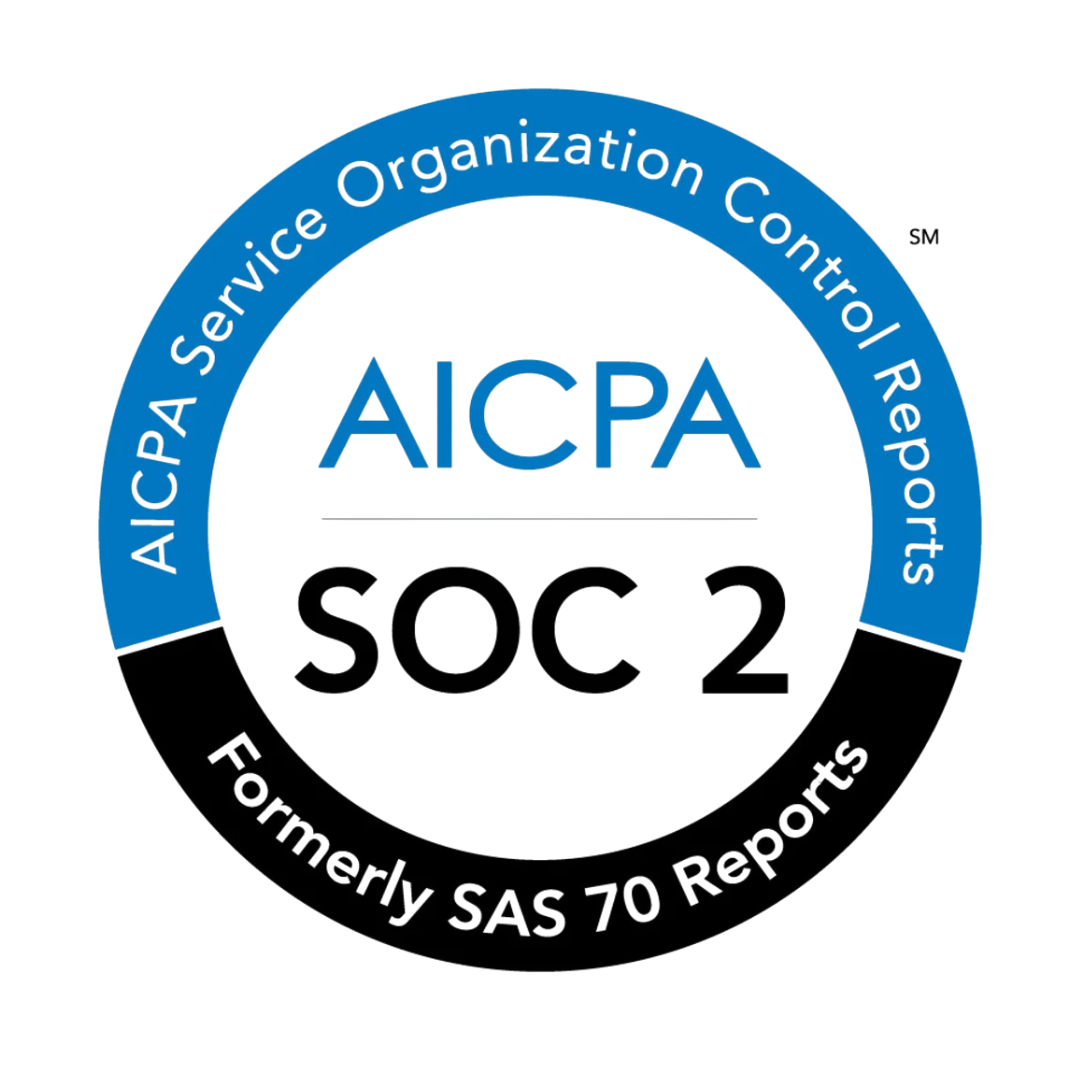The venture capital landscape has evolved dramatically, with regional and sector-specific variations now playing a critical role in pre-seed funding dynamics. Investors no longer price San Francisco SaaS companies the same way they evaluate Latin American fintech startups, creating distinct benchmarks that founders must understand to optimize their fundraising strategy.
The Pre-Seed Revolution: A Data-Driven Overview
Pre-seed funding has transformed from a niche financing option to the fastest-growing round type globally. (Metal) This stage now represents over 20% of all venture rounds worldwide, making it the second most common type of venture financing after seed rounds. (Metal)
The growth trajectory has been remarkable. Pre-seed funding rounds accounted for 14% of all seed stage deals in 2023, up from just 5% in 2020, with predictions indicating even higher percentages in 2024. (VC Cafe) This expansion is driven primarily by fund managers seeking to invest at the earliest stages when valuations are lowest and potential returns highest.
Regional Variations in Pre-Seed Benchmarks
North American Market Dynamics
The United States continues to dominate pre-seed activity, with the vast majority of rounds falling within the $1-2 million range according to Carta's comprehensive cap table data. (Metal) Valuations typically cluster around the $5-10 million mark, as reported by AngelList's extensive startup database. (Metal)
However, these benchmarks vary significantly by metropolitan area. San Francisco and New York command premium valuations, while emerging tech hubs like Austin, Denver, and Miami offer more founder-friendly terms. The average deal size for pre-seed and seed rounds in 2024 was between $1M and $4M, reflecting this geographic diversity. (Highway Ventures)
Latin American Emergence
Latin America has emerged as a significant hub for early-stage funding, with venture capital investment reaching a record high of $7.8 billion in 2022. (Private Equity List) Pre-seed and seed funding rounds in the region amounted to over $1 billion in 2022, demonstrating the maturation of the ecosystem. (Private Equity List)
The regional dynamics create unique opportunities for founders who understand how to position themselves geographically. Most venture investors specialize in one or two stages, and many are sector specialists bringing deep expertise to specific verticals. (Metal)
European and Asian Markets
European pre-seed rounds typically range from €500K to €1.5M, with valuations generally 20-30% lower than comparable US deals. Asian markets show even greater variation, with Singapore and Hong Kong commanding premium valuations while Southeast Asian markets offer more accessible entry points for first-time founders.
Industry-Specific Benchmarking
SaaS and B2B Software
SaaS companies continue to attract the highest valuations in pre-seed rounds, particularly those demonstrating early product-market fit signals. Over one-third of venture investments flowed into AI startups in 2024, with growing interest in specialized AI applications, including AI infrastructure (29%) and AI agents (22%). (Highway Ventures)
For B2B SaaS companies, pre-seed investors typically expect some form of market validation or early prototype, with the bet primarily on the team, market opportunity, and evidence of latent demand. (Metal)
Fintech and Financial Services
Fintech startups face unique regulatory considerations that impact valuation benchmarks. Latin American fintech companies, in particular, benefit from underserved markets and regulatory tailwinds, often achieving higher multiples than their North American counterparts in similar development stages.
Healthcare and Biotech
Healthcare startups typically require larger pre-seed rounds due to longer development cycles and regulatory requirements. These companies often raise $2-4 million in pre-seed funding, with valuations reflecting the higher capital intensity and longer time to market.
E-commerce and Consumer
Consumer-focused startups show the greatest regional variation in funding patterns. US consumer companies face intense competition and higher customer acquisition costs, while emerging market consumer plays often achieve better unit economics and growth rates.
Deep Tech and Hardware
Deep tech companies typically raise larger pre-seed rounds ($1.5-3 million) due to longer development cycles and higher capital requirements. These companies often use pre-orders or contracted revenue for demand validation, particularly in hardware categories. (Metal)
Understanding Dilution Patterns
Founder Dilution by Region
Founder dilution varies significantly by geography, with US founders typically giving up 15-25% equity in pre-seed rounds, while Latin American and Asian founders often dilute 20-30% due to higher perceived risk premiums.
Industry-Specific Dilution Trends
SaaS companies generally experience lower dilution rates (12-20%) due to predictable revenue models and lower capital requirements. Hardware and biotech companies face higher dilution (20-35%) reflecting longer development cycles and higher capital intensity.
The Investor Landscape: Quality Over Quantity
A critical insight for founders is that pre-seed activity is highly concentrated within a small pool of specialized investors. While pre-seed rounds occur more frequently than Series A financings, the total number of investors specializing at pre-seed is approximately one-third that of Series A. (Metal)
This concentration creates both challenges and opportunities. The limited optionality means founders must be highly strategic in their approach, but it also means that specialized pre-seed investors are making numerous investments annually, spreading risk across broader portfolios. (Metal)
Accelerator Dominance
Accelerators play an outsized role in pre-seed funding, responsible for over 35% of all pre-seed rounds globally. (Metal) For first-time founders, accelerators provide crucial network effects and shared learning opportunities, particularly large programs like Y Combinator and Techstars.
Strategic Implications for Founders
Geographic Positioning
Founders should consider their geographic positioning strategically. Rather than focusing solely on investors based in their specific country, successful founders identify "geographically relevant" investors based on prior investment patterns. (Metal)
For founders in developing markets, the recommended approach is identifying investors with at least three investments in similar geographies, creating a cohort-based targeting strategy. (Metal)
Stage Specialization Focus
The distinction between "stage specialists" and "stage tourists" is critical for pre-seed founders. Stage specialists are investors who concentrate their activities in pre-seed, while stage tourists invest opportunistically in exceptional cases. (Metal)
Founders should focus on stage specialists who have made at least 25% of their investments at the pre-seed stage, as these investors understand the unique dynamics and expectations of this funding phase.
Sector Concentration vs. Familiarity
At the pre-seed stage, most investors tend to be sector agnostic due to the experimental nature of investments at this stage. (Metal) However, founders should distinguish between investors with sector familiarity (those who have made multiple investments in a space) and those with sector concentration (those dedicating a significant percentage of their portfolio to specific verticals).
Market Dynamics and Trends
Post-2022 Market Correction
The venture market experienced significant contraction in 2023, with total deal volume dropping roughly 50% from 2021's peak. (Right Side Capital) Exit activity hit a ten-year low, and venture fund performance declined across the industry. (Right Side Capital)
Despite this broader market contraction, pre-seed funding demonstrated remarkable resilience, with many investors viewing early-stage opportunities as attractive entry points during market downturns.
Fund Size Considerations
Fund size alignment is crucial for pre-seed success. Most investors maintain check sizes of approximately 1-2% of their total fund size, meaning a $100 million fund typically writes $1-2 million checks. (Metal) Founders must match their round size to appropriate fund sizes to avoid misalignment.
Activity Levels and Timing
Only about 10% of all venture funds are actively deploying capital at any given time. (Metal) Founders should focus on investment firms that have made at least one investment in the past 3-6 months to ensure they're targeting active deployers rather than dormant funds.
Technology-Enabled Investor Targeting
Modern fundraising requires sophisticated investor identification and targeting strategies. Platforms like Metal automatically tag investors by geographic and sector thesis, enabling founders to identify firms that routinely fund their specific region and industry combination at realistic valuations. (Metal)
This data-driven approach helps founders avoid the common pitfall of pursuing investors with fundamental misalignments in stage, sector, or geographic focus. The platform's filtering capabilities allow founders to identify the "most likely" investors based on historical investment patterns rather than relying on hearsay or generic investor lists. (Metal)
Risk and Return Dynamics
Pre-seed investments are inherently experimental, with failure rates typically ranging from 50-90% of all financings. (Metal) This high-risk profile explains why specialized pre-seed investors make numerous small bets rather than concentrating capital in fewer opportunities.
For founders, understanding this risk profile is crucial for setting appropriate expectations and structuring compelling investment narratives that acknowledge uncertainty while demonstrating clear paths to value creation.
Practical Recommendations
Benchmarking Process
1. Compare your target round size and valuation to regional medians, adjusting for local market dynamics and currency considerations.
2. Understand sector-specific expectations and benchmarks, particularly regarding traction metrics and development timelines.
3. Focus on investors with demonstrated pre-seed specialization in your geographic and sector combination.
4. Model various scenarios to understand the dilution implications of different round structures and valuations.
Execution Strategy
1. Prioritize investors with a history of leading pre-seed rounds rather than following other investors.
2. Target investors with demonstrated investment activity in your region or similar markets.
3. Focus on actively deploying funds rather than dormant or between-fund investors.
4. Ensure investor expectations align with your current development stage and near-term milestones.
Future Outlook
The pre-seed market continues evolving rapidly, with increasing specialization and geographic diversification. Founders who understand these dynamics and leverage data-driven targeting strategies will be best positioned to secure funding at favorable terms.
The rise of AI-powered investor matching platforms represents a significant advancement in fundraising efficiency, enabling founders to identify and connect with the most relevant investors based on sophisticated filtering and recommendation algorithms. (Metal)
As the market matures, we expect continued growth in pre-seed activity, particularly in emerging markets and specialized sectors like AI infrastructure and climate technology. Founders who position themselves strategically within these trends will benefit from improved access to capital and more favorable terms.
Conclusion
Successful pre-seed fundraising requires a nuanced understanding of regional and industry-specific benchmarks. The days of one-size-fits-all approaches are over, replaced by sophisticated, data-driven strategies that account for geographic positioning, sector dynamics, and investor specialization patterns.
Founders who invest time in understanding these benchmarks and leverage modern tools for investor identification will significantly improve their fundraising outcomes. The key is focusing on the "most likely" investors rather than casting wide nets, ultimately improving conversion rates at every stage of the fundraising process. (Metal)
By understanding regional variations, industry-specific expectations, and investor specialization patterns, founders can optimize their fundraising strategy and secure the capital needed to build successful companies. The pre-seed market's continued growth and sophistication create opportunities for well-prepared founders who approach fundraising with the same rigor they apply to product development and market strategy.
Frequently Asked Questions
What are the typical pre-seed round sizes by region in H1 2025?
Pre-seed round sizes vary significantly by region, with San Francisco and Silicon Valley typically seeing larger rounds ($1-4M average) compared to Latin American markets. Regional variations reflect local market conditions, investor appetite, and cost structures. Understanding these benchmarks helps founders set realistic expectations and target appropriate investors for their geographic market.
How does industry sector affect pre-seed dilution patterns?
Industry sector plays a crucial role in dilution patterns, with AI startups often commanding higher valuations due to increased investor interest (over one-third of 2024 venture investments flowed into AI). SaaS companies typically see different dilution rates compared to fintech or industrial technology startups. Sector-specific benchmarks help founders understand what equity percentage to expect when raising pre-seed capital.
What stage and sector filters should founders consider when identifying pre-seed investors?
Founders should use stage and sector filters to identify investors who specifically focus on pre-seed rounds and their industry vertical. This targeted approach increases success rates by connecting with investors who understand the sector dynamics and have experience with similar-stage companies. Proper filtering helps avoid mismatched investor conversations and improves fundraising efficiency.
How has the pre-seed funding landscape changed in 2024-2025?
The pre-seed landscape has seen significant evolution, with pre-seed rounds accounting for 14% of all seed stage deals in 2023, up from just 5% in 2020. Despite overall venture market challenges (50% drop in deal volume from 2021 peak), pre-seed funding has made a strong comeback. This trend reflects investors' focus on earlier-stage opportunities and founders' need for smaller initial rounds.
What are the key differences between pre-seed funding in developed vs emerging markets?
Emerging markets like Latin America show distinct patterns, with the region reaching $7.8 billion in venture investment in 2022 and over $1 billion in pre-seed/seed rounds. These markets often feature lower round sizes but potentially higher growth opportunities. Developed markets typically have more established investor networks but higher competition and valuations.
How should founders approach pre-seed fundraising strategy based on regional benchmarks?
Founders should tailor their fundraising strategy to regional benchmarks by researching local investor preferences, typical round sizes, and sector focus areas. Understanding that investors no longer price companies uniformly across regions means adapting pitch materials and expectations to local market conditions. This includes adjusting valuation expectations and targeting investors with relevant geographic and sector expertise.
Sources
1. https://blog.privateequitylist.com/pre-seed-and-seed-funding-in-latin-america-a-comprehensive-guide/
2. https://docs.metal.so/content/high-resolution-identification/stage-and-sector-filters
3. https://www.highwayventures.com/insights/pre-seed-and-seed-trends-a-2024-breakdown-and-2025-outlook
4. https://www.metal.so/blog/finding-investors
5. https://www.metal.so/blog/overview-of-pre-seed-funding
6. https://www.metal.so/insights/valuations
7. https://www.rightsidecapital.com/blog/report-how-are-pre-seed-and-seed-vc-firms-investing-in-2024
8. https://www.vccafe.com/2024/02/27/how-the-pre-seed-round-made-a-comeback-in-2024/





